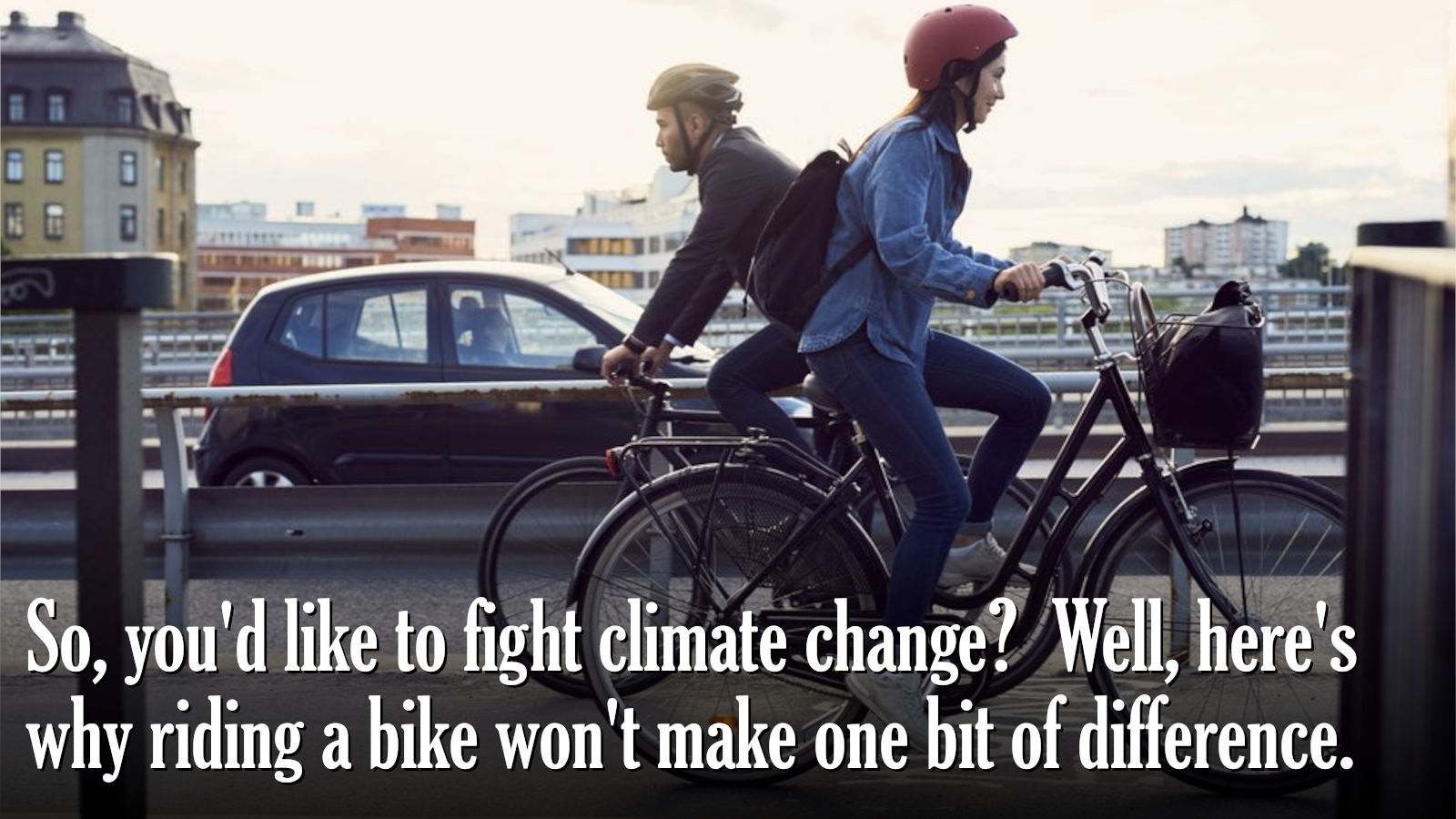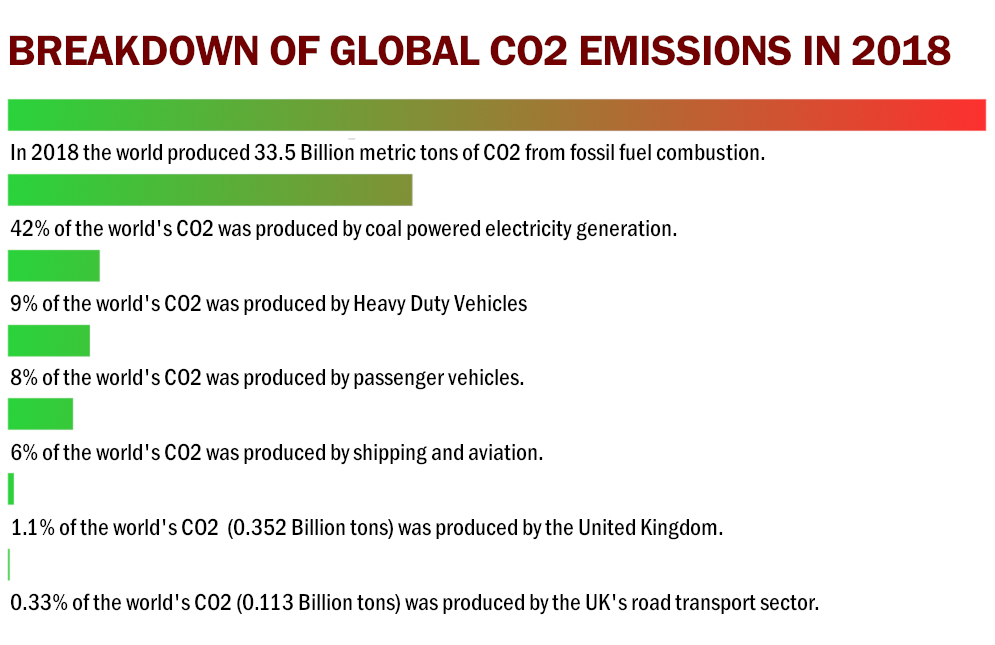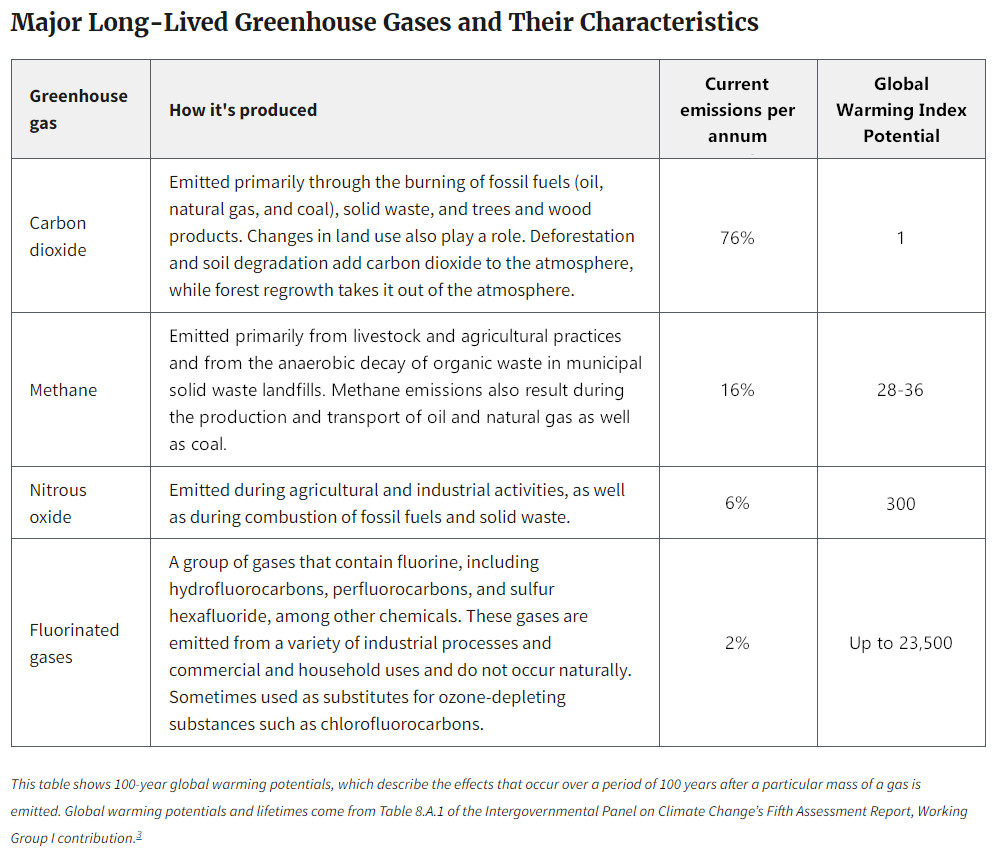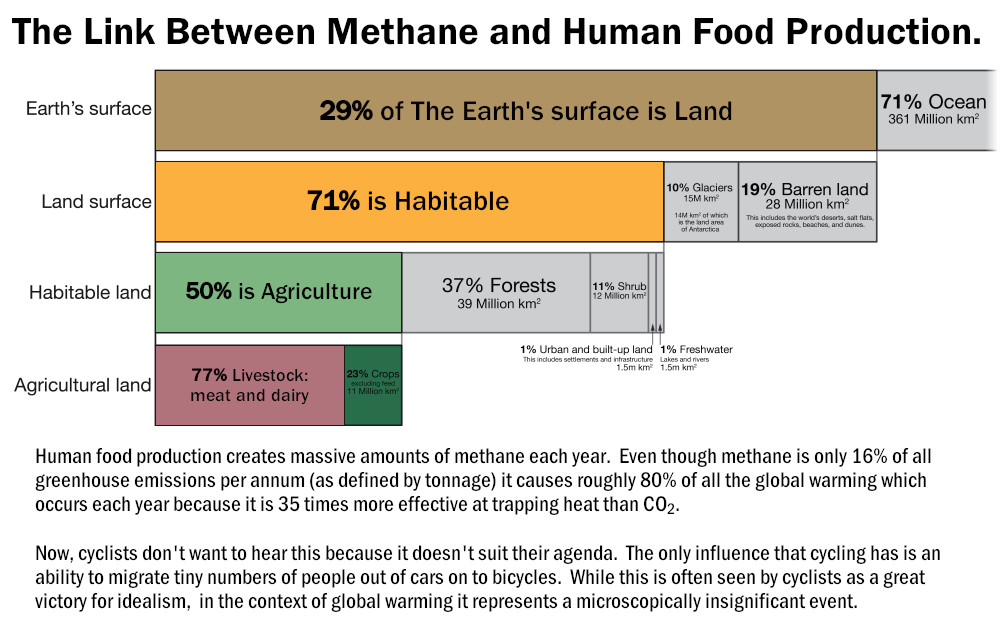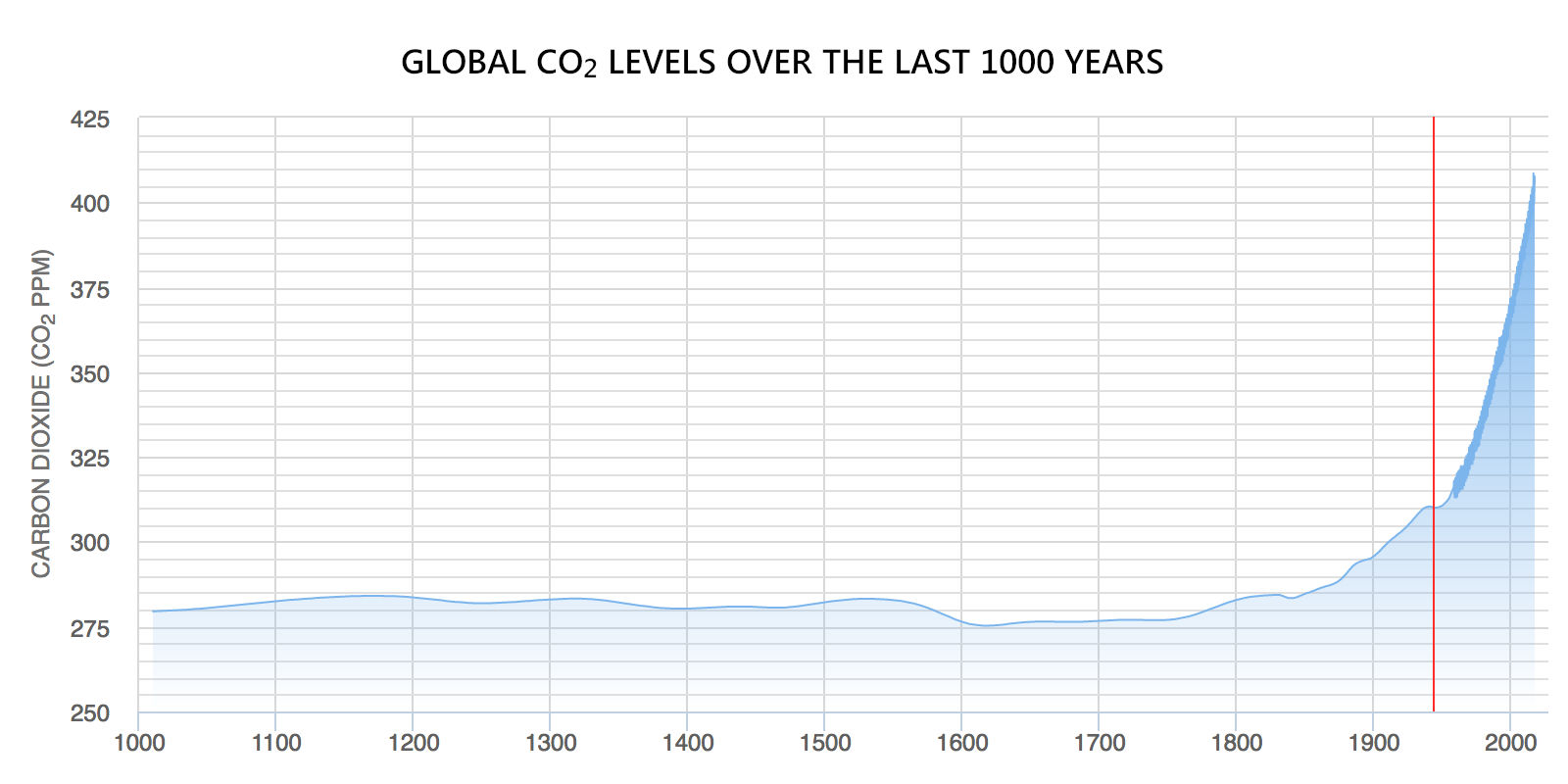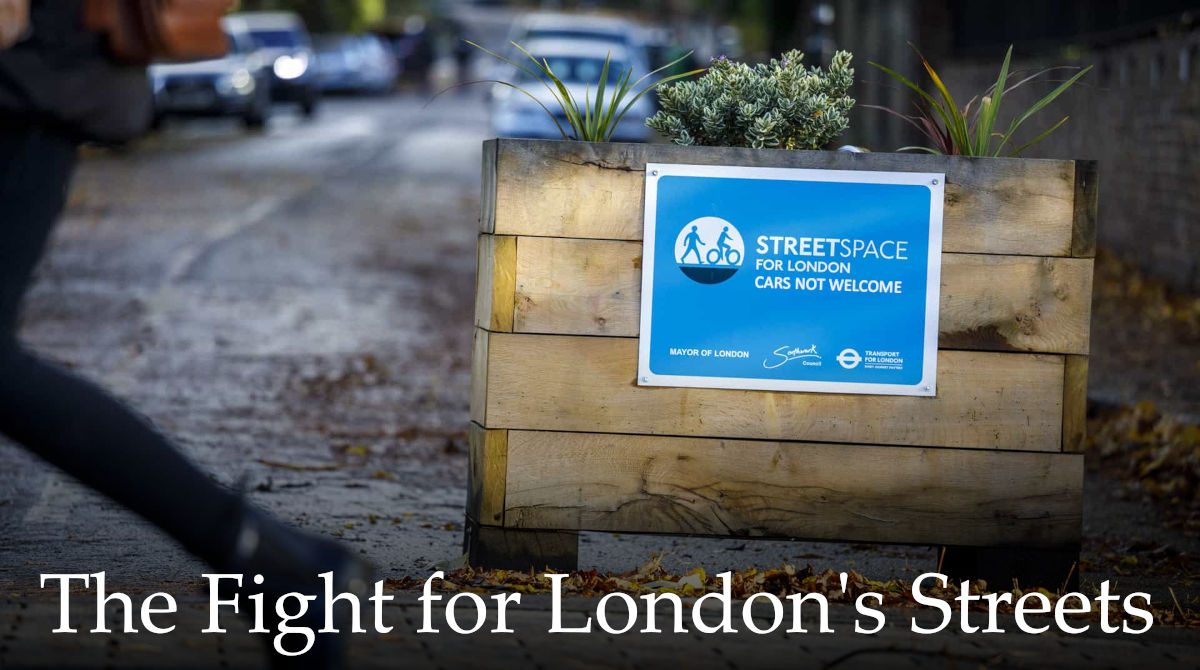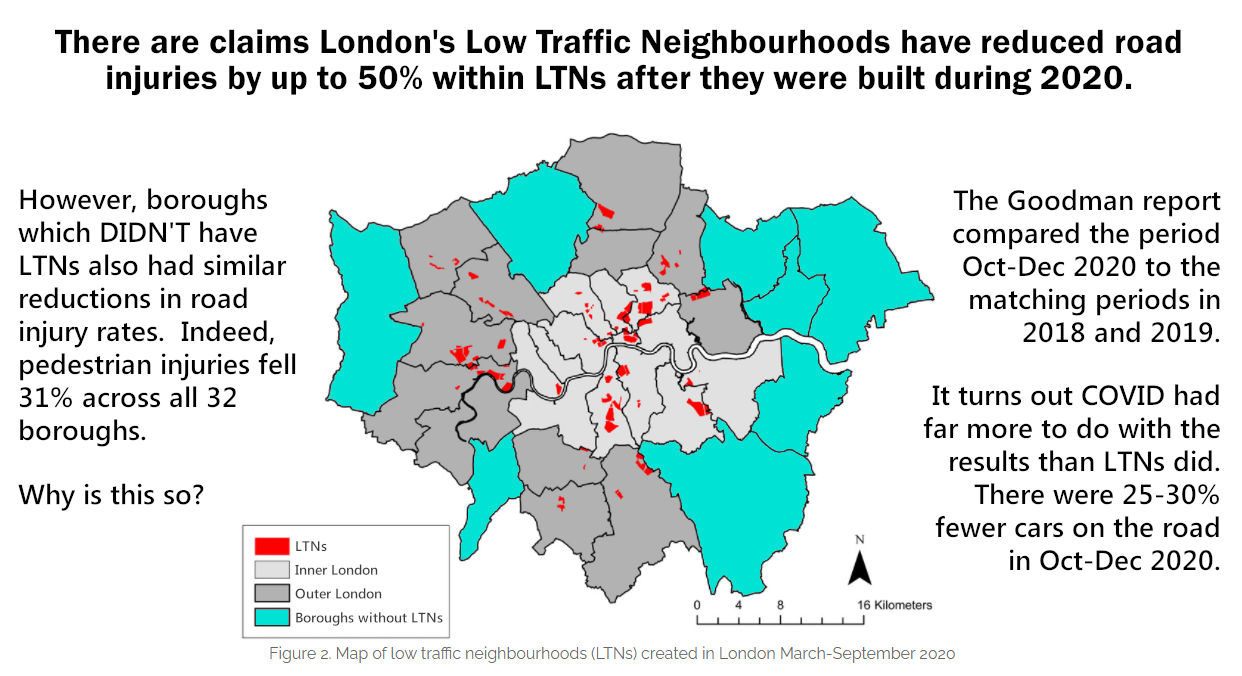Table of Contents
The Problem:- Global warming is real, and greenhouse emissions are clearly the reason.
According to a 2018 report by the UN’s Intergovernmental Panel on Climate Change (IPCC), it was determined by the panel’s scientists that if the global temperature rises 1.5°C above pre-industrial levels by 2030, the worldwide risk of events like extreme droughts, wildfires, and floods will increase exponentially.
Depending on where you live in the world, some of these predictions might already appear to be coming true. And there’s even more bad news: If no changes are made to our current habits, the global temperature could rise by as much as 3°C – double the rate that many scientists agree would already be catastrophic. Accordingly, this is probably a good time to make something very clear….
This article does NOT seek to assert the world doesn’t have a global warming problem – we do have a global warming problem, that is very clear. What this article DOES seek to assert is this…. cyclists are lying through their teeth when they claim “cyclists are saving the planet”. They’re not.
Thankfully, there is SOME good news. Everyone can take steps to fight climate change – from governments and large corporations to private citizens. However, not all steps are equally effective. Not even close. When it comes to reducing our global carbon footprint, it turns out cycling is almost at the very bottom of the list of things which can actually make a genuine “meaningful difference.”
As you might imagine, cycling advocates aren’t happy to learn this. But we’ll go into that in more detail in a little while.
Myth #1:- Motorised transport is the single biggest contributor to global warming and climate change.
Quite predictably, cycling advocates are insanely fond of making this particular claim. At a political level, the reason why they do it is a classic case of “demonising your enemy”. It’s no secret cyclists want fewer cars on the road – indeed it’s reasonable to suggest cyclists and car drivers detest each other like hyenas and lions in the African savannah. They just do not get along.
As a result, London’s cyclists have entered into a propaganda war against London’s car drivers. They desperatey want more cycling infrastructure so they’re prepared to make any claim which will help achieve that goal. The net result being London’s cycling lobby has become the single most effective lobby group attacking the lawful rights of citizens to own (and use) a motor vehicle.
But how true is the claim? Well the first thing to understand is this… London’s air quality problem is NOT the same problem as Planet Earth’s global warming problem. The issues are very different and the causes are also very different. However, both the Mayor’s Office and London’s cyclists are happy to conflate the two because it serves their agenda of getting fewer cars on the road.
So… let’s take a moment to study some genuine data points shall we?
Perhaps you can now appreciate why it’s so ridiculous when Will Norman, London’s Walking and Cycling Commissioner, claims London’s cycling community is at ‘the forefront of the fight against climate change.’ When you consider a tiny 0.33% of the world’s CO2 comes from The UK’s road transport sector, and only 11% of that is generated by London’s road fleet, and only 2% of THEM are cyclists, well, you start to get a feel for just how insignificant cyclists truly are in the grand scheme of things.
Put another way, imagine trying to move an ocean liner by hitting it with a feather. In theory the ship might move one millionth of a millimeter but in reality the ship will move far more just by the wind alone. By means of analogy, the feather reflects how just little effect cycling has relative to the total amount of global greenhouse emissions produced each year.
In fairness, it should be noted not every nation adheres to the global average. This is because some nations are less developed at an industrial level than the world average, while others are blessed with natural resources like hydro-electric power. Others countries, like France, have a high degree of nuclear power which in turn significantly reduces their reliance on coal. Australia conversely, has very little hydro-electric power and it has zero nuclear power – hence it relies heavily on coal powered electricity.
Myth #2:- Carbon dioxide is the ONLY greenhouse gas - as in - there's nothing else to talk about.
This is another myth which is commonly promoted by cycling advocates, and they do it for rather cynical reasons.
When cyclists talk about global warming, they tend to focus exclusively on CO2 emissions because it then becomes much easier to talk about motorised transport and nothing else. If you’re a cyclist, that’s a good strategy because you can manipulate any debate on global warming into one which revolves around what YOU want to talk about, rather than talking about the bigger picture – and with global warming there’s a MUCH bigger picture going on than just CO2 emissions.
In the following graph we can see a column called Global Warming Index Potential. In a nutshell, the higher that figure is, the more damaging a given greenhouse gas is. What this table shows is even though CO2 is the most bountiful greenhouse gas in the atmosphere, by no means is it the most damaging greenhouse gas. It’s actually the LEAST damaging greenhouse gas.
At the moment, on a global scale, for every tonne of methane which is emitted to the atmosphere, 4.75 tonnes of CO2 are emitted. However, the relative impact of methane on global warming is 25 times worse than CO2 over a 100-year period. (Reference)
So what does all this mean? Because of their relative ratios in outright tonnage, methane exerts roughly EIGHT TIMES more impact on global warming than CO2 does. Hence, if you can reduce methane emissions by just one tonne, it will require eight tonnes of CO2 reduction to achieve the same impact.
Perhaps you can see now why riding a bike can’t make a bit of difference to global warming. Cycling reduces the wrong greenhouse gas, and the amount of CO2 that it DOES reduce is miniscule.
The Facts:- Methane and Nitrides of Oxygen are way worse than carbon dioxide.
As explained in the previous section – methane is bad, like, really bad. It doesn’t last as long in the atmosphere as CO2, but it contributes way more to global warming than CO2 does. This is because methane absorbs roughly 35 times as much heat as CO2.
As a result, even though methane represents only 16% of all the greenhouse emissions which are produced each year, on an overall basis it is by far the most harmful gas of the four categories of greenhouse emissions. Of course, your typical born-again cyclist has no idea this is the case. Your average cyclist thinks the global warming debate starts and ends with the exhaust pipe of a motor vehicle.
For example, in 2019 fully 10% of all the harmful greenhouse emissions produced by the United States was methane – and it had nothing to do with how many cars they drive in America. But it had EVERYTHING to do with food production. Dairy farms, cattle farms, pig farms, fertiliser production, uneaten food rotting in land fill, human and livestock manure ponds and sewerage treatment plants. They all produce methane in gargantuan quantities – not just in the USA, but worldwide.
This is why the United States EPA and the UN’s IPCC both agree, on an overall basis, methane represents 80% of the total reason why our planet is going through climate change – even though it’s only 16% of all greenhouse emissions as defined by tonnage.
Indeed, methane is such a harmful greenhouse gas we’re actually doing the world a favour when we burn it. Yes, the byproducts are water and CO2, but we can always use more water and CO2 can at least be absorbed by reforestation programs.
But then, on top of that, there’s this…
Even if billions and billions of people decided to take up bicycles on a 24×7 basis and never travel in a car again – FOREVER – the net result would STILL be mere tenths of one percent reduction in total global warming each year. That’s because, on a pound for pound basis, carbon dioxide is so much LESS damaging to global warming than methane is.
More importantly, there’s a direct link between harmful greenhouse emissions and global population growth. If you look at both graphs set against the last 1000 years, both graphs are identical. They both climb upwards exponentially at exactly the same points in history.
The bottom line is we already have too much CO2 and methane in the atmosphere, which means we have to get rid of it before Planet Earth will start to cool down again.
Of course, the general lack of knowledge regarding WHERE harmful greenhouse emissions are coming from is true for cyclists just as much as it is for the rest of the population. After all, cyclists are famous for only hearing what they want to hear. If they see an article which makes cycling look good, that’s what they believe and the author is a genius. If they see an article which makes cycling look bad? The person who wrote it is a hater, hence the article can be ignored.
Solutions:- Besides reducing the global population, what CAN make a difference?
Given the direct one-to-one relationship between atmospheric CO2 levels and global population growth, clearly the most effective way to mitigate global warming would be a rapid reduction in the global population.
Alas, reducing the world’s population is the one conversation nobody seems to be having.
We mentioned earlier the global population in 1940 was 2.9 billion people. In the following graph, we’ve put a red line to show the year 1940. Basically, that’s where we have to get back to. With fewer people we would need less food, which in turn would produce less methane. And every single ecosystem on Planet Earth would say thank you.
Next:- assuming that we, as a species, CAN’T get our act together (and that we keep breeding like rabbits) the second most effective thing we could do is to eradicate coal powered electricity generation.
As noted earlier, on a global scale in 2018, coal powered electricity dwarfed the road transport sector by a factor of 3 to 1 with regards to the amount of CO2 produced that year. Of all the things we could do to reduce global warming RIGHT NOW, there is no other measure on the planet which would beat getting rid of coal powered electricity. Nothing else comes close.
What about solar power or wind turbines, you ask? Well the problem is cities need to run at night. It’s known as “the minimum base load on the grid”. Around the world, depending on the day of the week, the average base load required by a city at 4am in the morning is roughly 50-65% of the peak required during the day. It’s for this reason nuclear power is a legitimate solution worth considering.
That said, even if mankind can find a way to reduce our global CO2 emissions to net zero by the year 2050, that doesn’t mean the danger will have gone away. The problem with CO2 is it’s such a long lived gas – 100 years on average. The bottom line is we ALREADY have too much CO2 and methane in the atmosphere, which means we have to get rid of that CO2 before Planet Earth will start to cool down again.
So how do you get rid of atmospheric CO2 when you have too much of it? Well, since 1990 in the United States, reforestation programs have acted as a net sink of CO2, a term which means more carbon was removed from the atmosphere by a given ‘something’ than the amount it emitted. The carbon sink offset produced by America’s reforestation program in 2019 was 12 percent of total U.S. emissions.
Share this article on your favourite social media platform.
